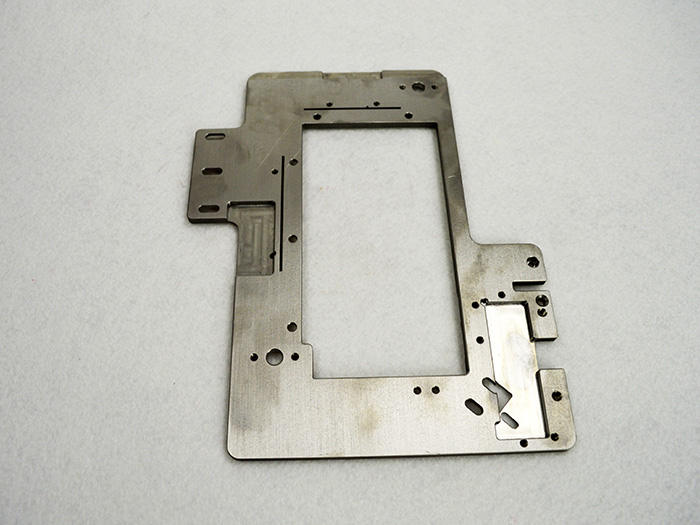1. Use sharp blades to reduce the cutting force of CNC milling machines. Machine-clamp blades are divided into coated and non-coated blades. Uncoated blades are usually sharper than coated blades, because if the blade is to be coated, it must be passivated (ER) because of sharpness. The edge will affect the bond strength of the coating at the edge.
2. When the depth of cut is constant, the use of a small tool nose arc radius can undoubtedly reduce the cutting force. In particular, the radial cutting force, which is the main cause of vibration of the elongated rod type tool or workpiece. Whether it is bumping or milling. At the same depth of cut, the radius of the tool nose radius is larger. The tendency of the elongated shank to vibrate is greater.
3. When the depth of cut is selectable, avoid the depth of cut equal to the radius of the tool nose.
4. For the key cutting of the sharp knife of the slender tool bar or the outer circle turning of the slender shaft, the tool with the 90° lead angle is good for vibration damping. Whether it is an external turning tool for turning an elongated shaft or a keying hole for a slender shank, it is always 90°, and the tool with the leading angle produces the least radial cutting force. At the same time, the axial force generated by the blade edge is the largest.

5. For the milling cutter of the slender rod, the round insert milling cutter is most beneficial for vibration damping. The milling cutter is opposite to the agitating knife. The closer the main declination is to 90°, the greater the radial cutting force and the greater the vibration of the arbor. Therefore, in the face milling of the deep hole cavity of the die, the CNC milling machine usually uses a 45° lead angle milling cutter if the depth of cut is less than 1 mm. Round insert milling cutters or ball cutters are often used.
6. When CNC milling machines use a slender end mill to mill deep cavities, they often use plunge milling. Plunge milling means that the tool enters the tool axially like a drill bit. When milling a deep cavity, usually the suspension of the long bar is more than 3 times the diameter of the tool bar. We recommend the use of the axial feed method. However, the edge of the end mill blade has a radial cutting edge of a certain width. The tool supplier has technical information to prove the maximum knife width of the knife during the plunge milling.
7. The cause of vibration in the milling of thin-walled workpieces comes entirely from the workpiece, which is called a box or bowl. Since the vibration comes from the workpiece itself, it is mainly to improve the clamping of the workpiece during the milling of such parts.
8. When the inner hole is boring, the smaller the blade edge angle, the better. Thus, the sub-main yaw angle is large, and the vibrating contact area between the sub-blade and the machined surface is small, and the chattering is difficult to turn into vibration. The chance of the sub-cutting edge squeezing is also small.
9. If the face milling cutter adopts the sparse tooth unequal distance milling cutter, the milling vibration can be reduced. Here "tooth" means a blade. Face milling cutter of the same diameter (eg 100mm). If their cutting elements are equal, then the 5 inserts must be 50% smaller than the 10 inserts.
10. Use a blade with a positive rake angle and a large relief angle. And with a light chipbreaker. Such a blade has the smallest cutting angle in boring or milling, and the cutting is of course lighter.

